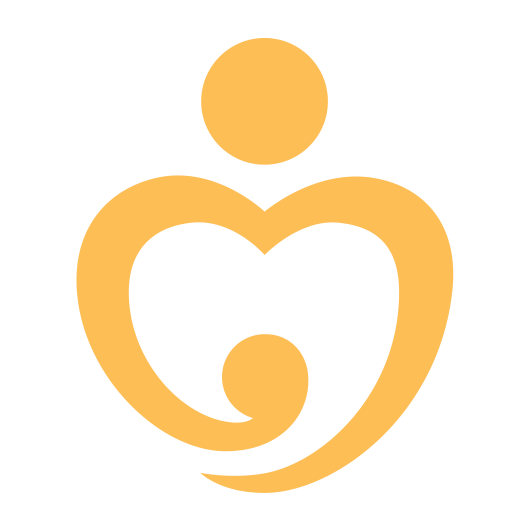MNH Helpline in Nepal: Enhancing communications between rural health post nurses and top gynecologists
By Naresh Newar in Taplejung district, Nepal
Sitting outside her cozy cottage, 32-year-old Sunin S. plays with her seven-month-old daughter in the scenic Maikhu village, a remote Sherpa neighborhood in Meringden Rural Municipality of Taplejung district.
“I can’t believe we are still alive after how we both suffered during her birth delivery. I can never forget how Dhanmaya sister did so much to save us. We are proud to have a nurse like her in such a remote village like ours,” says Sunin, who explains how she had never heard about or seen such complication like hers.
Sunin experienced a highly complicated case of hand presentation (when the hand is exposed before the head of the baby during birth delivery), which can potentially risk the lives of both the mother and the baby if proper clinical intervention is not done. The risks for such obstetric complicated cases are even greater especially in remote birthing centers like in the Santhakra ward, where a lack of specialists in gynecology often limits medical intervention.
Fortunately, the baby was safely delivered with help of a skilled birth attendant (SBA) nurse Dhanmaya Maya S. who works at Santhakra Health Post where One Heart Worldwide (OHW) has helped to renovate the birthing center and equip with quality maternity equipment.
But even for a skilled nurse like Dhanmaya, this was her first experience dealing with hand prolapse cases. She shares her moments when dealing with Sunin’s case and recalls how nervous and stressful she had become.
“My last hope for her safe birth delivery was to immediately get advice urgently from a highly qualified and experienced gynaecologist and we had so little time,” recalls Dhanmaya.
There are no doctors in the remote health posts in Taplejung, which is often the case in most of Nepal’s remote village wards, and the only way for the nurses is to request for emergency airlift to the city-based maternity hospitals or medical centers. Her alternative plan was to send her to the district hospital, which takes over five hours of rough drive on the rocky trails, but she was afraid the harsh journey could be a risk for Sunin and her baby.
It was for this kind of situation that OHW had started the MNH Helpline initiative to help rural-based nurses working at the government birthing centers connect with gynecology specialists in big hospitals based in Kathmandu and other cities and districts. For the helpline service, OHW has created a pool of gynecologists who volunteer as consultants to provide their expert advice by telephones or mobile phones.
It was through this initiative that rural nurses like Dhanmaya would be able to communicate with senior Nepali gynecologists. She was able to communicate with a prominent specialist from Kathmandu and gave her step-by-step instructions on how to safely manage the hand presentation complication. The doctor advised her to give xylocaine (medication to relieve pain by inserting a tube into the urinary tract) and push the baby’s hand gently inside by lifting the leg of the mother. After nearly two hours, Dhanmaya was able to deliver a healthy baby and keep the mother safe.
The nurse recalls how she got so emotional fearing that she would not pull this through. She shares how the doctor on the phone was giving his best medical advice and also counseling her to calm her.
“Without the MNH helpline, I don’t know how we would be able to manage such complication and today, I feel so confident with this experience and new knowledge,” says Dhanmaya.
Both the mother and her baby returned to their home after 24 hours of rest at the Santhakra birthing center. Sunin and her daughter are today leading healthy lives. Recently in March 2021, the OHW team visited Sunin’s family and they shared how the nurses regularly visit them from Santhakra Health Post, which takes three hours of walking uphill to reach their house.
“We want to say thank you to the birthing centre team at the Santhakra health post and without their help, my wife and daughter would not have survived. I was very scared to see her complication but Dhanmaya sister did everything to help,” says Sunin’s husband, Nima S.
He recalls how he was in the room with his wife when nurse Dhanmaya was constantly on the phone talking to a doctor in Kathmandu and he watched her take every measure to deliver the baby.
It was early morning at 4 am when her labor had started and Nima quickly gathered 15 Sherpa villagers to carry her on a hand-held wooden stretcher and walked for three hours down the rough trail. One of the helpers also fractured his leg as he slipped down while carrying Sunin on the stretcher. By the time they reached the health post, it was already 7 am and Sunin was in a lot of pain due to the constant shaking of the stretcher.
They had also carried two extra stretchers as they often break down and had to take every precaution to prevent Sunin from falling down.
“In absence of this birthing center, we would have to walk all the way to the district hospital, which is too far to travel and difficult to walk all the way,” explains Nima, who adds that now the villagers are relieved to have a quality birthing center, renovated by OHW in partnership with Meringden Rural Municipality.
“Now we feel relieved that we have such a birthing centre which can also deal with most complicated cases. We were able to see how the MNH Helpline is helping to provide a lot of knowledge by talking to the big doctors in Kathmandu,” says Nima, who explains how many villagers learnt about the MNH Helpline especially after the safe birth delivery of his daughter.
MNH Helpline: A Core Part of OHW’s Health Communications
After the COVID19 started, OHW came up with a simple but crucial health communications strategy by introducing tele-counselling, focused on providing information and guidance on antenatal and postnatal care to the pregnant and all mothers in Taplejung along with other 16 OHW work districts.
Through this initiative, the nurses received support to top-up the credits on their mobile phones so that they could directly call the pregnant women and new mothers on a regular basis. The nurses had already collected all their cell numbers and had been calling each of them eight times over the nine-month pregnancy period to provide information and do counseling.
The MNH helpline is also a crucial part of OHW’s health communications strategy to help nurses to gain on-the-spot guidance. They can also help the mothers to provide regular antenatal and postnatal counseling by phone to the pregnant women and new mothers. During the early phase of the COVID situation, most families were afraid to visit the birthing centers. There was also no transportation for people to travel to the district hospital in Taplejung. Usually also, even prior to COVID, the roads in Taplejung are often dangerous and unmotorable, especially in remote villages.
The MNH helpline has been of tremendous support to help the nurses urgently deal with complications during birth deliveries. OHW introduced the MNH helpline after Nepal started nationwide lockdown due to COVID19.
“We can’t say that MNH helpline is the only reason that nurses are able to save lives but it has been proven to be very effective to provide critical information at the right time, and at the same time also helps to boost moral support to the rural health post nurses when they are in crisis,” says OHW Taplejung district coordinator, Ganesh Basnet.
Although the MNH Helpline initiative was started especially due to the COVID-19 situation, distance communication has the potential of being an effective means of using the information technology even in a post-COVID-19 situation to establish an effective communication mechanism especially for the nurses and other health workers based in the most remote parts of Nepal.
OHW’s Support for Improving MNH Care in Rural Health Posts of Taplejung
“On behalf of Meringden Rural Municipality, I want to wholeheartedly thank One Heart Worldwide for its support as we can now proudly say that we have quality birthing centers in our rural health posts,” says the municipality chief Ganesh Bahadur Limbu.
He explains how resource constraint often affects the quality of MNH services but since his municipality’s partnership with OHW, the quality of services has also improved. As a result, the local community now has more trust in the health posts which house the improved birthing centers.
Since 2016, OHW has worked at the whole district level, helping to renovate or construct 29 birthing centers and provide maternity equipment. In many health posts, which suffer from power outages in many village wards not yet connected to the national grid, OHW has also provided solar suitcases so that the birthing centers have solar lights as most birth deliveries usually take place at night or early mornings.
OHW team has provided training in health post-management to both service providers and local government representatives. Since the renovation, the number of institutional birth deliveries in several birthing centers has more than doubled and also tripled. OHW field team also regularly visits all the birthing centers to monitor and provide consistent support for quality improvement of these centers. This has helped to make a positive impact.
“We have a huge number of institutional birth deliveries and the culture of home deliveries has largely reduced. This is a big change for us and this was as a result of our partnership with OHW,” says Kedar Jung Limbu, Chair of Santhakra Ward 2. He shares how the partnership also encouraged the ward to successfully organise a mass campaign for eliminating home deliveries.
“In the past, people were afraid and very hesitant to visit the birthing centres but now they even travel on foot for hours for ANC counselling and using Ultrasound service to check the pregnancy status. Their level of awareness about maternal care has improved a lot,” explains Kedar.




